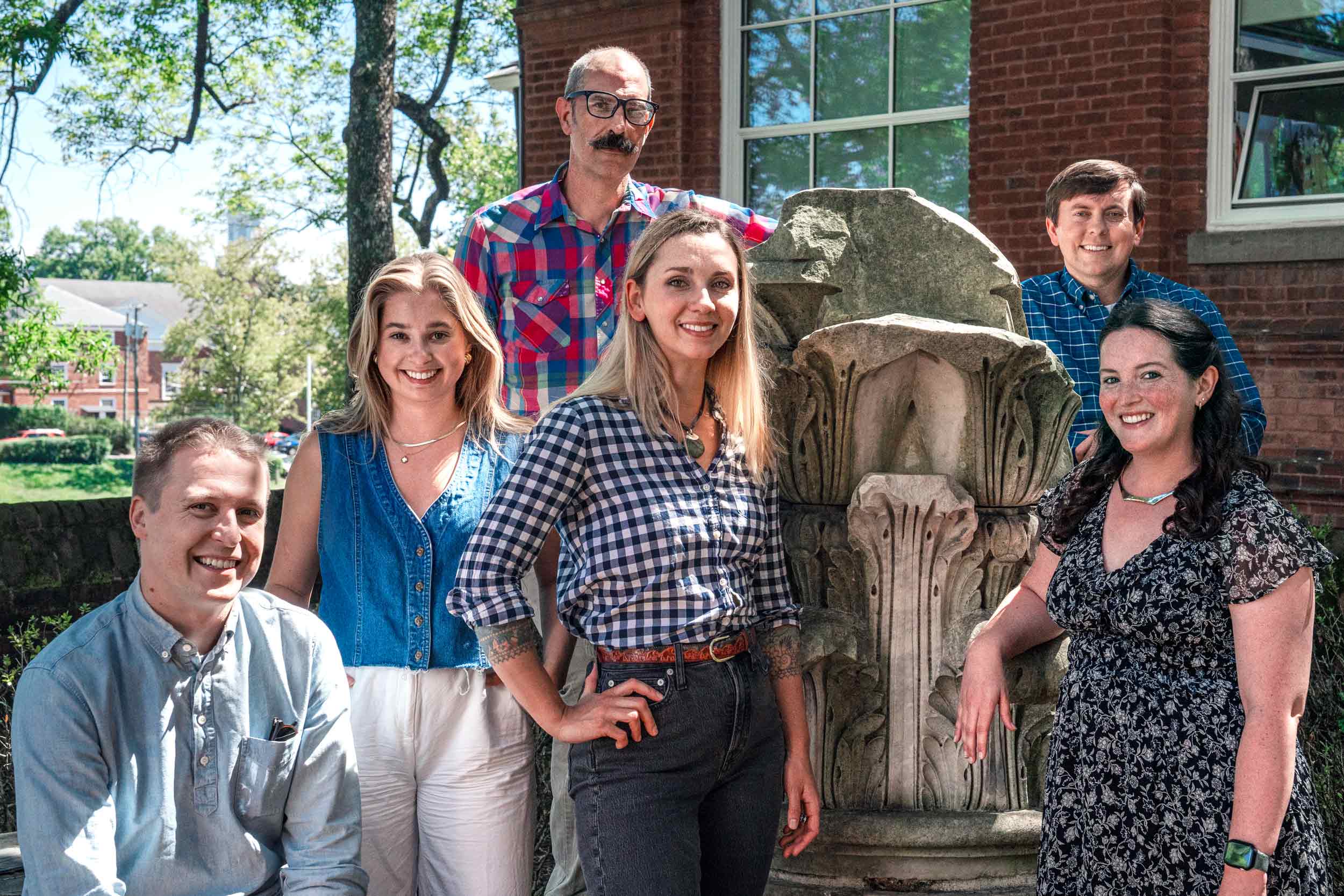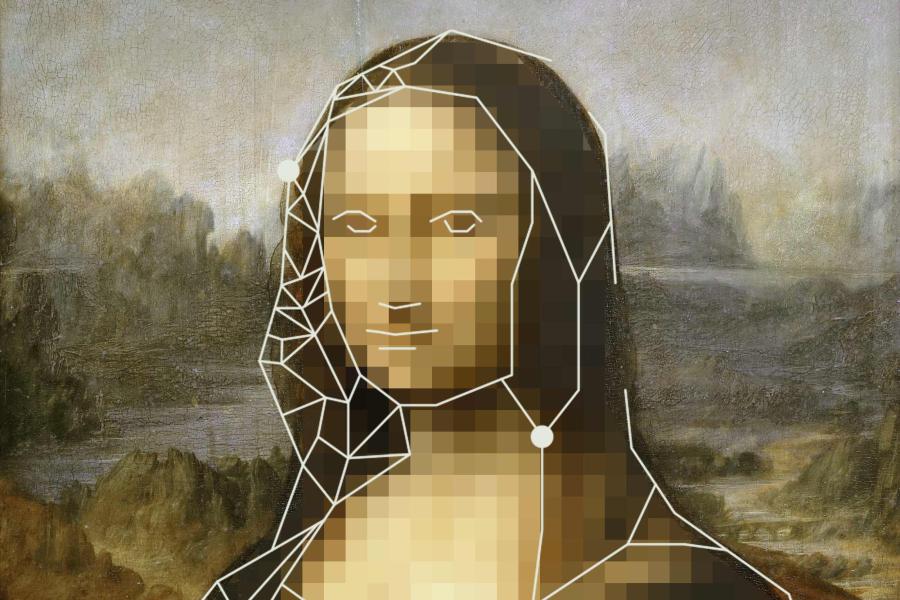So you’re sauntering through the lovely Pavilion VI garden on a crisp, fall day and you spy a piece of University of Virginia property more than 570 years old.
You notice it’s seen better days, exposed to the elements since … wait, what? That math doesn’t work. The University is barely 200 years old. How did a limestone spire created closer to the time of Joan of Arc than Thomas Jefferson get plopped in the middle of a UVA garden?
Welcome to UVA Obscura, an unconventional historical examination of UVA’s quirks and oddities. It’s a product of UVA Communication’s Digital Strategy team, a group that steers the University’s social media channels, creates art and illustrations for UVA Today and performs other duties as needed.
UVA Obscura is a “project where we can dive into the backstories of objects on Grounds that you may not know about,” said Alexandra Angelich, director of digital content for UVA Communications and a 2011 graduate.
The Obscura team she leads is as varied as the objects they research. There’s Tim Robinson, a UVA history major who does the historical heavy lifting; Mitch Powers and Erin Edgerton, who capture video and photographs; Johnny Utterback, who creates animations and edits videos; and Bethanie Glover, the University’s deputy spokeswoman, who narrates the videos.
They all have other jobs at University Communications, but when there is a strange object to examine, they unite like the Super Friends.










